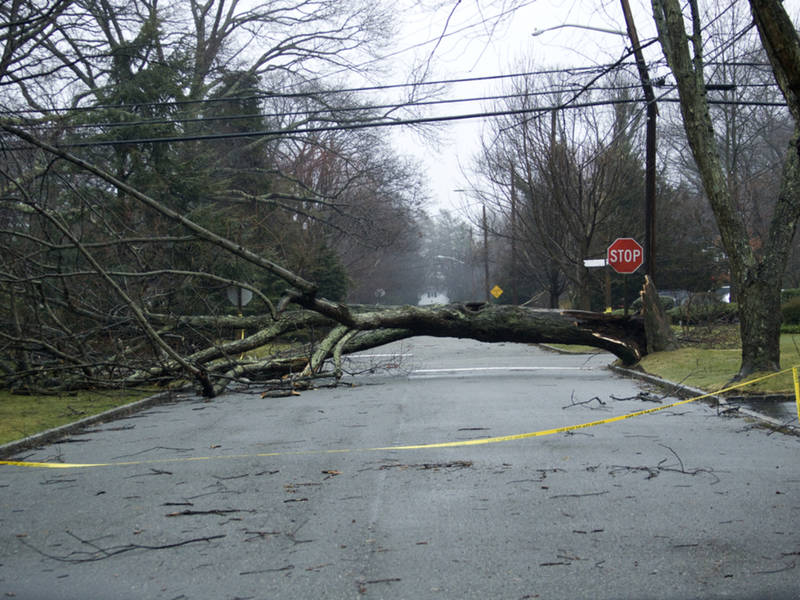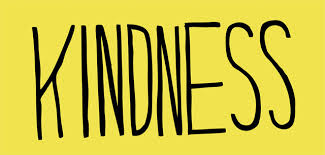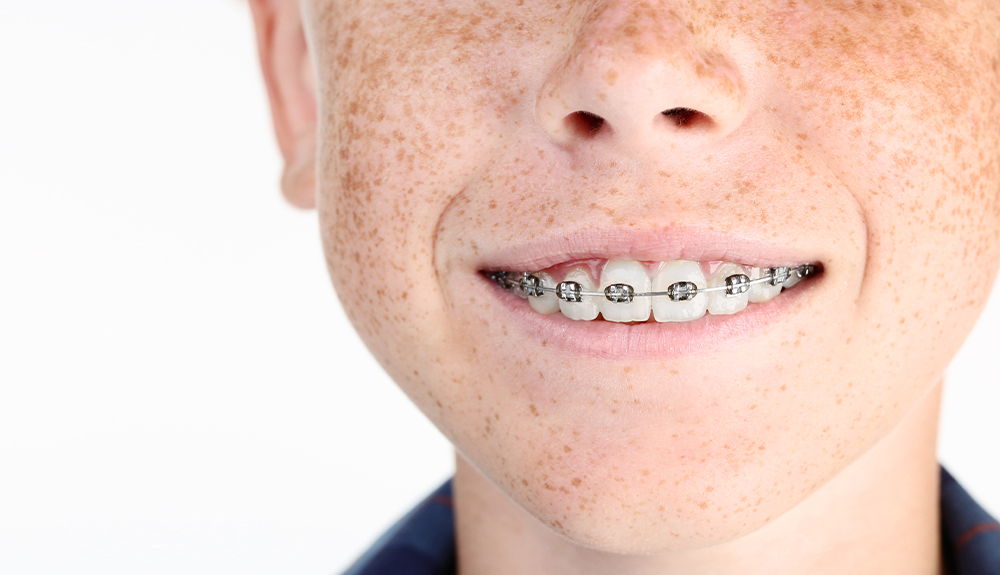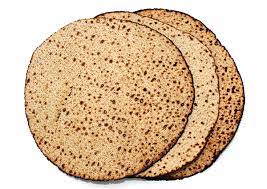What Are We Doing Here? And Why?
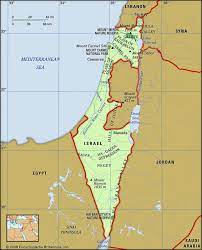
I have my roots in Eretz Yisrael. My grandfather had come to Eretz Yisrael as a bachur already in the 1930s, as he felt that it was getting dangerous to stay in Europe. He eventually went to Haifa, with the encouragement of the Chazon Ish, zt”l, settling in the then completely irreligious neighborhood of Neve Sha’anan. He was one of the only chareidim who were raising their family in the area. He dreamed of building a yeshiva there that would be a positive influence on the whole area, and he and his sons were eventually instrumental in the founding and upkeep of the prestigious Yeshivas Nachlas HaLeviim in Neve Sha’anan. Despite financial difficulties and ruchniyus challenges, my grandparents were moser nefesh (sacrificed) for yishuv (the settling of) Eretz Yisrael and for spreading the light of Torah.





